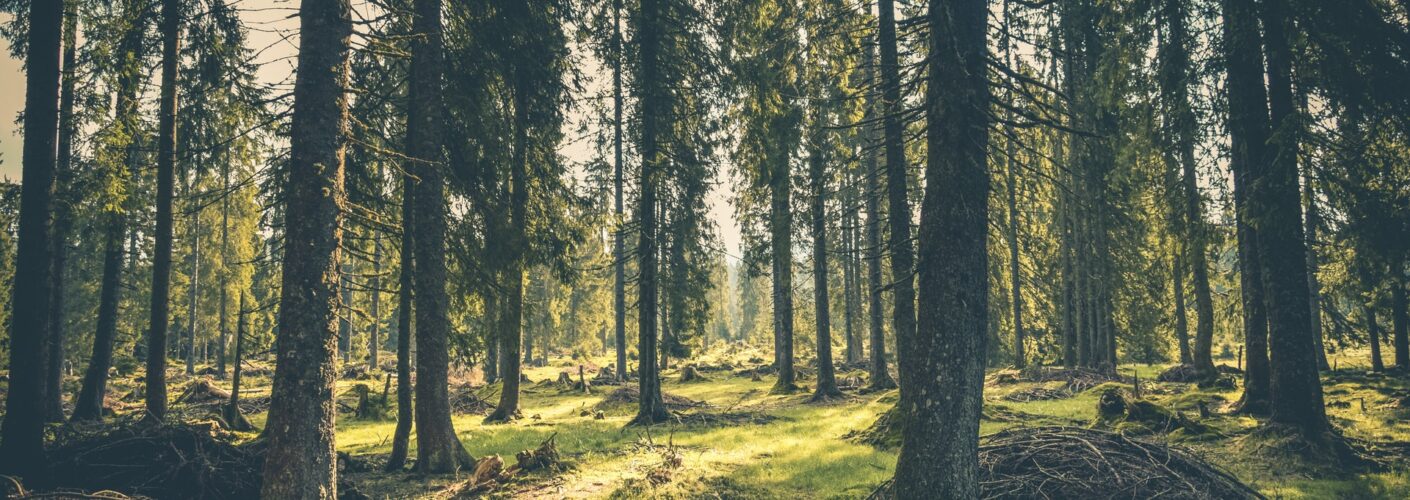What is Loodu
Products sold under the Loodu brand rely as much as possible on the wisdom of nature’s creations. Loodu products are nature-friendly and free from man’s excessive creativity and handiwork. We have chosen the wild boar to symbolise the products which stem directly from nature and carry the Loodu name as we believe that this best represents nature and its power. In particular, we believe in the traditions and wisdom of the ancient Nordic people, the ancestors of Estonians.
For the people living in Nordic countries, especially around the Baltic Sea, the wild boar was a sacred animal whose token was carried around for good health and strength. If we too wish to believe in the things our ancestors deemed sacred and important, we should carry with ourselves a token or product that depicts the wild boar. Just as the ancient Norse did: carrying good luck runes, wild boar tokens and the like, hiding them under their pillows and drawing them on their war shields. Health and strength are always needed.
***
Ancient Roman geographer and historian Tacitus described two thousand years ago in his work Germania the Aesti living on the shore of the Baltic Sea who worshipped the mother of the gods and carried a statue of a wild boar to symbolise this. It is thought that worshipping the mark of the wild boar was linked to worshipping a goddess similar to Freya, the later Scandinavian goddess of land and fertility. Even during pagan times, pigs were sacrificed to Freya at Christmas and their flesh was eaten to acquire strength. Such a pleasing sacrifice for the god was meant to resurrect ‘the dying sun’. The sacrosanctity of the pig is still celebrated in Nordic countries. Its most familiar manifestations are the slaughter of the pig at Christmas and making and eating sausages made of its meat. In some places, bread in the shape of a pig (jõuluorikas in Estonian) was made instead. This is how the pig became the symbol of rebirth, many children, family happiness and security. The sacrosanctity of the pig is further proven by the fact that all the ritual meat dishes of Estonians were made from pork. According to Norse mythology, it was Freya’s brother (some say her husband) who rode the golden boar Gullinburst and symbolised prosperity, abundance, fertility and sunshine. The pig was very important in Celtic mythology and symbolism in ancient Western Europe. Druids believed that the wild boar was sacred, that eating its flesh improved health and made you stronger. Thus, pork was the food of the gods and soldiers. Pork gave men sexual strength and fertility. For the Celts, the pig symbolised a good mother because of the sow’s well-known fierceness and readiness to fight till its last breath to protect its offspring.
Loodu products were created with nature’s power in mind, which is best symbolised by the wild boar with its strength, courage and power.
***
Why the Nordic countries?
Historically, Estonia is more closely linked to Nordic countries than to Eastern Europe. The question boils down to whether the Baltic Sea separates or unites us. During the Viking Age, it united us. The Viking Age is also a recognised period in Estonian history. The people of Virumaa had direct contact with the Goths who lived at the mouth of Visla River.
The discovery of shipwrecks in Salme, Saaremaa, even sparked a discussion on whether the timeframe of the European Viking Age should be changed. The grave of the Viking god Odin is located on the island of Osmussaare in Estonia. Legend has it that Anglo-Saxon hero Starkad was also from Estonia. Due to the worship of the goddess of fertility Nerthus, Lake Kaali was probably sacred in the eyes of the entire Nordic world.
According to Old Europe, Northern Europe was a mostly savage and barbaric land, inhabited by large men who weren’t afraid of the cold, the wet or the war.
For us, it is merely beautiful to be proud of and revive the wisdom and glory of our ancestors. Back then, spruce resin, beeswax and hemp were everyday ingredients; why not now, too, as our own good, old ingredients.
